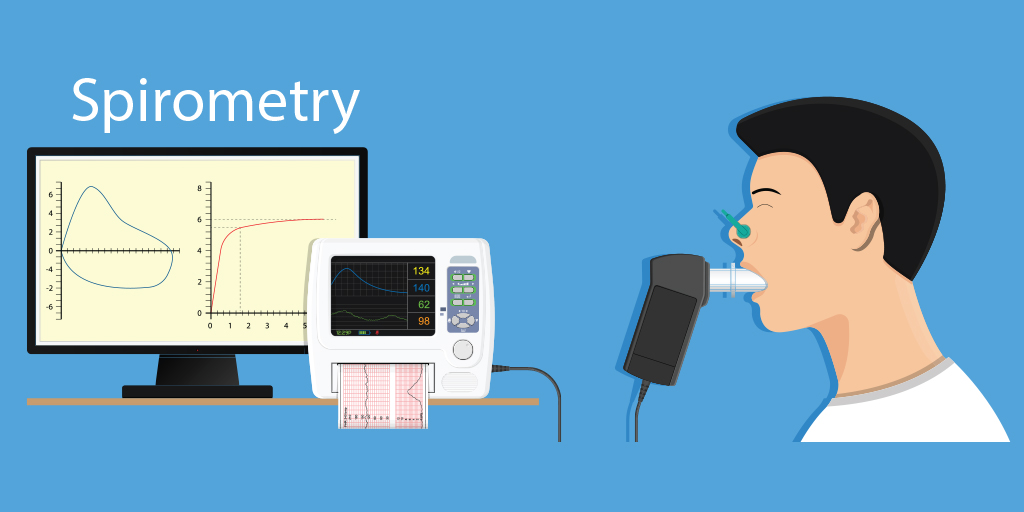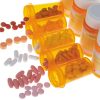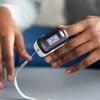- Empty cart.
- Continue Shopping
How to Use a Spirometer for Lung Function Tests

Lung function tests are essential diagnostic tools for assessing respiratory health. One of the most commonly used devices for this purpose is a spirometer. Spirometry tests measure how much air you can inhale and exhale, as well as how quickly you can expel the air from your lungs. These tests are crucial for diagnosing conditions like asthma, chronic obstructive pulmonary disease (COPD), and other respiratory issues.
The Basics of Spirometry
Before you use a spirometer, it’s important to understand what it measures. The device primarily assesses two key metrics:
- Forced Vital Capacity (FVC): This measures the amount of air you can exhale forcefully after taking a deep breath.
- Forced Expiratory Volume (FEV1): This measures the amount of air you can exhale forcefully in one second.
These metrics help healthcare providers evaluate your lung function and can be critical in diagnosing and managing respiratory conditions.
How to Use a Spirometer
Preparation
Before the test, avoid eating a large meal and refrain from smoking or consuming caffeine for at least four hours. Wear loose, comfortable clothing that won’t restrict your breathing. Your healthcare provider may also advise you to avoid using certain medications before the test.
The Test Procedure
- Sit or Stand Upright: Proper posture is crucial for accurate results. Sit on a chair with your feet flat on the ground or stand up straight.
- Use the Mouthpiece: Place the spirometer’s mouthpiece in your mouth, sealing your lips tightly around it. Make sure to use the nose clip to prevent air from escaping through your nostrils.
- Take a Deep Breath: Inhale as deeply as you can, filling your lungs completely.
- Exhale Forcefully: Exhale as quickly and forcefully as possible into the mouthpiece. Try to empty your lungs completely.
- Read the Measurements: The spirometer will display the FVC and FEV1 measurements. Record these numbers for your healthcare provider’s assessment.
- Repeat: The test is usually repeated at least three times to ensure accurate results. The highest value among the tests is used for the diagnosis.
Understanding the Results
Your healthcare provider will compare your test results to expected values based on factors like your age, height, sex, and ethnicity. Abnormal results may indicate respiratory conditions and will require further evaluation. It’s important to discuss the results in detail with your healthcare provider for a comprehensive understanding of your lung health.
Precautions and Considerations
While spirometry is generally a safe and non-invasive test, it may not be suitable for everyone. Individuals with recent heart surgery, chest pain, or a history of heart attacks should consult their healthcare provider before undergoing the test. Additionally, the test requires your full effort for accurate results, so it may not be appropriate for those who are severely ill or have cognitive impairments.
Finally, Spirometry is a valuable tool for assessing lung function and diagnosing respiratory conditions. Knowing how to use a spirometer correctly is crucial for obtaining accurate results. Always consult your healthcare provider for personalized advice and interpretation of your test results. By taking proactive steps to understand your lung health, you can better manage any existing conditions and take preventive measures for the future








